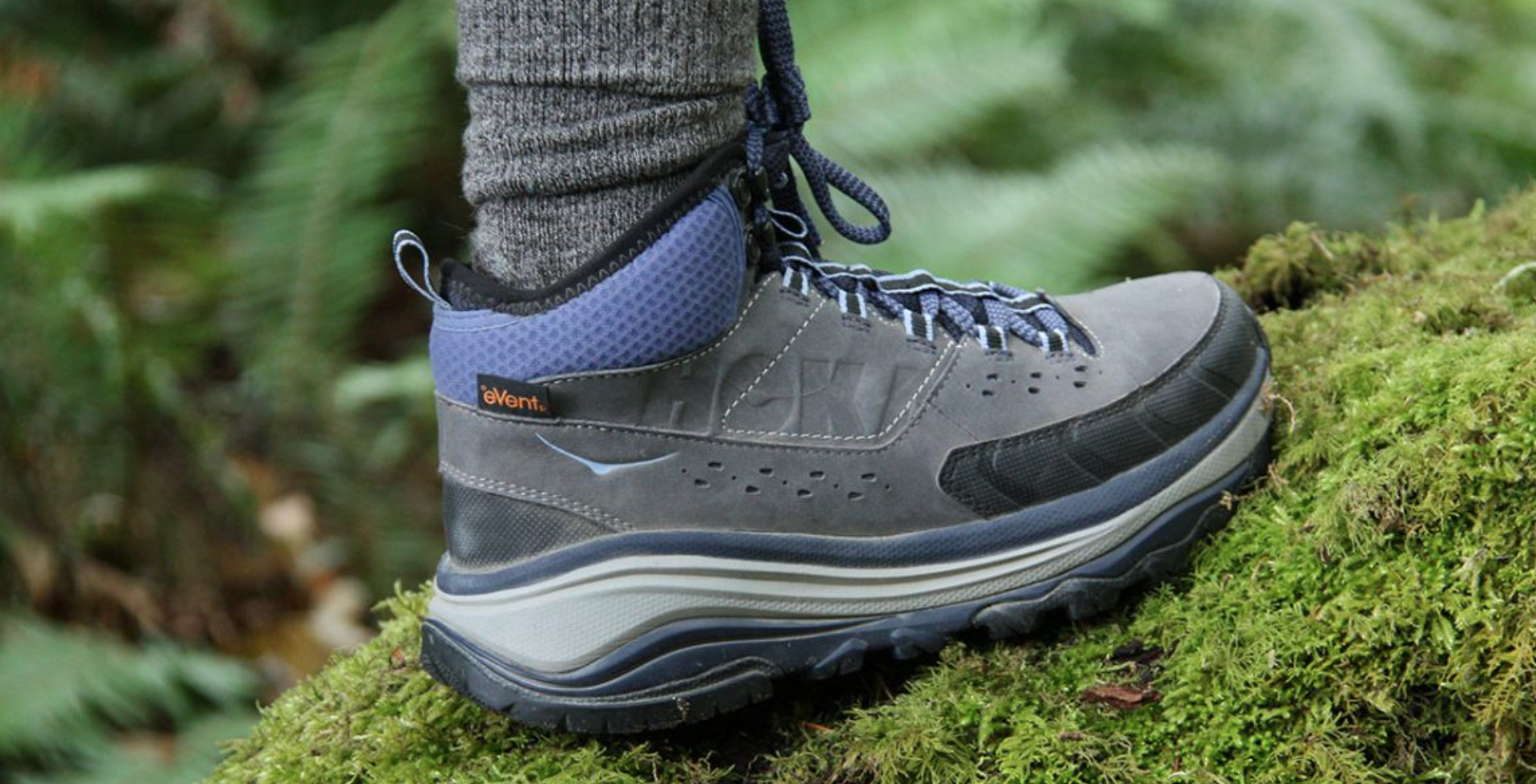Take Your Kit from Car Camping to Backpacking
First things first: Rules are meant to be broken. I once unknowingly lugged a full-size cast-iron skillet into the backcountry on a gear-testing trip with Outside magazine. Let’s just say my husband owed me a couple dozen shoulder rubs after that one.
That wasn’t the only ridiculously cumbersome thing our group of 14 schlepped six miles into Northern New Mexico’s Pecos Wilderness. We broke a lot of backpacking rules on that trip. Think glass jars of pasta sauce, handles of whiskey, a griddle for pounds of bacon, multiple sticks of butter, and 4- to 6-person tents for tester teams of two. While we had an incredibly memorable night (there was even someone fiddle playing while walking across the fire on a log), our bodies were all the worse for wear for the week to come. And we definitely weren’t doing the most meticulous job of testing the gear by ignoring weight recommendations on packs and, ultimately, using car camping gear out there on the trail.
Would I do it again? Heck yes. But certainly not all the time. Backpacking gets you away from the crowds, from the drive-up parties and the noise, the barking dogs, the early-rising kiddos, the campsite fees and the reservation systems. There’s nothing like waking up in your own private meadow, complete with wildflowers and morning sunrays poking through the trees across your campfire’s smoke. Sure, it can be argued that car camping gear is more comfortable, but modern-day backpacking equipment has come a long way. Packs weigh less than ever (even after they’re packed) and ultralight sleep set-ups feel more luxurious than in recent years.
In general, you want to pack gear that was built for backpacking. Opt for a lightweight, minimalist tent and only pack what you need: most likely the tent, fly, poles, the number of stakes you’ll actually use, and a bit of guy-line. Instead of a two-burner stove, which you would use by the car, pack a camp stove that screws onto a small canister of fuel and folds up into a pouch. Go spork (instead of fork, knife and spoon) and use one bowl for all of your dishware. Lose the lantern and simply bring headlamps. Ditch ultra-plush air mattresses for featherweight inflatable sleeping pads—the kind that fold down flat—and choose a synthetic-insulated sleeping bag; if it gets wet out on the trail it won’t become useless like down. There are now camp chairs, cots, pillows and insulated booties that pack down as small as a water bottle if it’s comfort you’re worried about. Your food choices should be equally as slim in the volume category: Think about bringing calorie-dense foods that don’t take up a lot of room, like trail mix, chocolate, cured meats and oatmeal. Want to add some warmth to your kit? Boil water, pour it in your water bottle and stick it at the bottom of your sleeping bag at night to keep you toasty. And above all else, don’t forgo the entertainment—a deck of cards, a paperback book, and anything else that will keep you occupied for hours in your tent should the weather turn sour is worth the extra ounces.
Backpacker magazine’s contributing editor Will Rochfort Jr., who made the transition from car camping to backpacking within the last decade, has spent countless nights in the wilderness and has a few tips to add:
1. First step: Get fitted for a backpack at a retail store. (Read: don’t guess and shop online). Once you have one, load it up with everything you expect to carry out on the trail and then head out on a three-mile hike somewhere nearby. Packs generally feel great for the first mile, or you’ll convince yourself that they do. And if you don’t make it past the first mile, you’re still near where you live.
2. Don’t carry more than 25% of your body weight. Can you carry more? Sure. But we want your first experience to be a pleasant one.
3. Your feet carry the load. Don’t use footwear you’d typically use around the car campsite. Get fitted for a proper pair of hiking boots. Trail runners can handle the load if you want to move quickly and with an ultralight set-up, but most multiday trips are more comfortable with solid ankle, arch and heel support.
4. Fancy hiking socks are pricey, but they’re worth it. They won’t ride down or loosen up in your boot, creating hot spots which lead to blisters. And, because they are often made of wool or synthetics, they combat moisture and odor like pros.
5. Pack duct tape and moleskin. And learn how to use them before you go.
6. Evaluate how many clothing items you’re bringing. You’ll survive just fine if you don’t have a clean shirt every day. Clean underwear, however, is a personal choice.
Some of Will’s self-admitted basic mistakes: carrying six gallons of water because “it’s cheaper than a filter” (hint: you’ll pay for it one way or another); bringing three 100% cotton gym sweatshirts because “if one is warm, three should be three times as warm!”; and printing the wrong map.
If there’s one rule to stick to when backpacking it’s this: Don’t follow the rules if you think that will make or break the experience. In the end, it’s all about enjoying yourself. And a little bacon in the morning never hurts.
For outdoor inspiration, follow Will Rochfort Jr. on Instagram.





